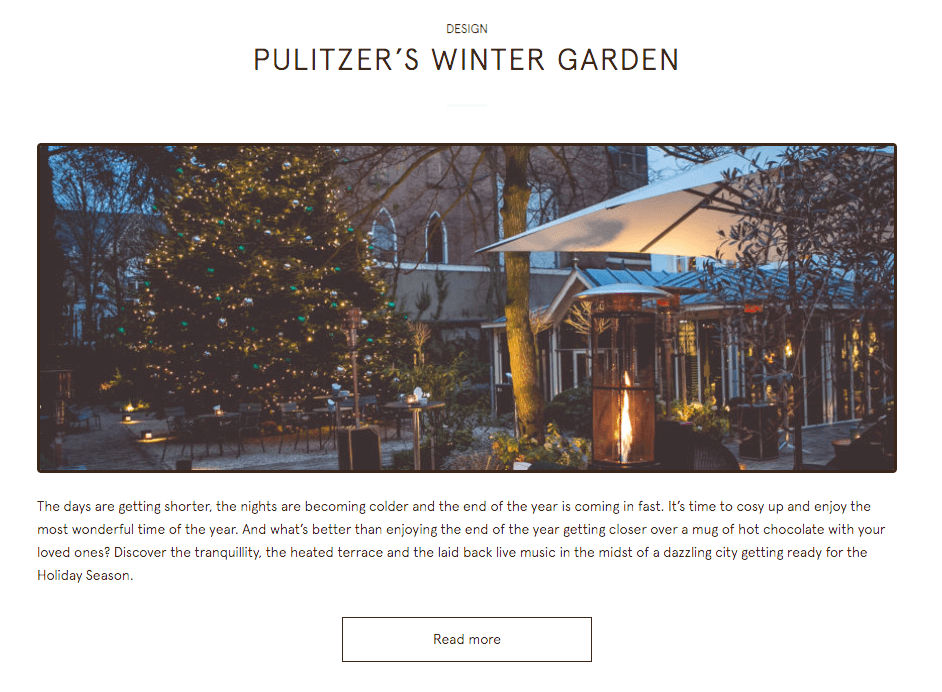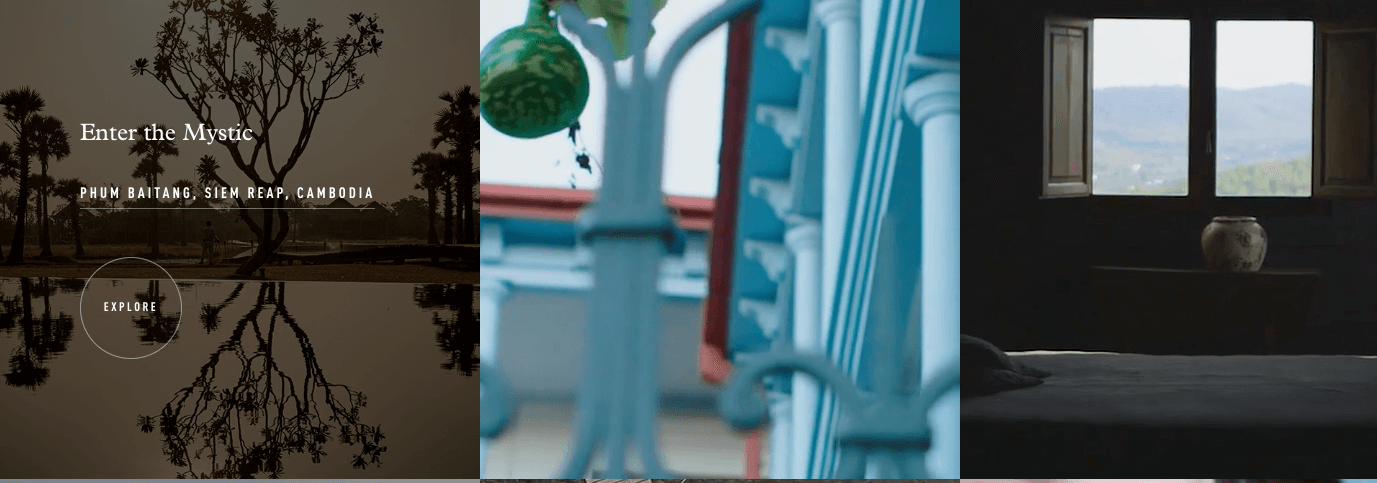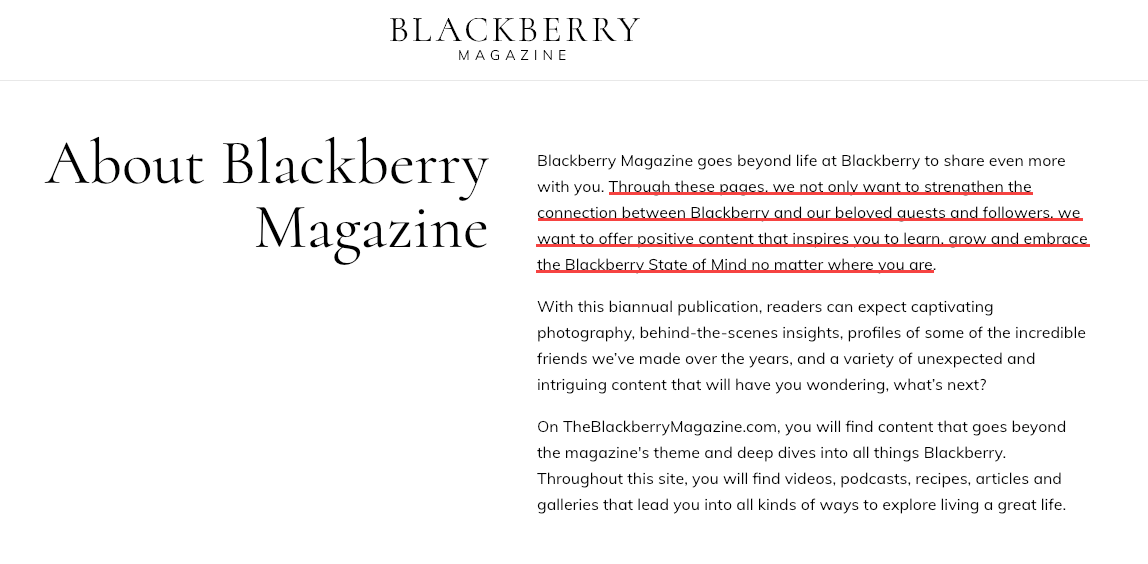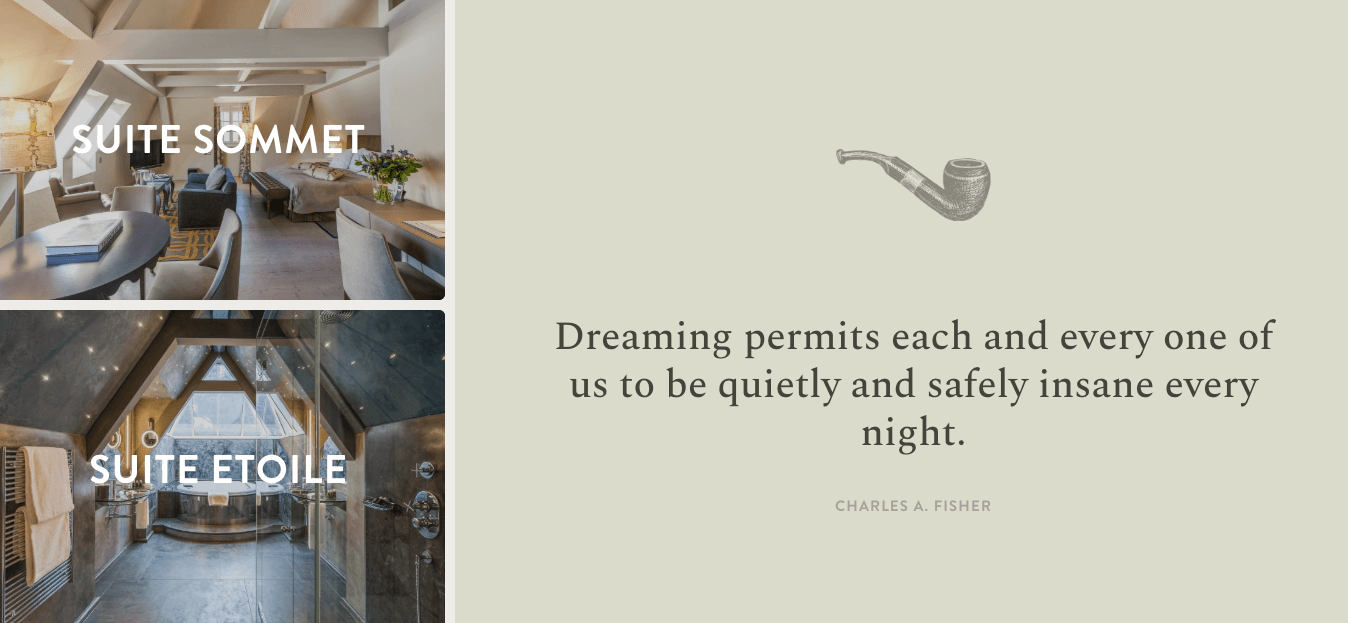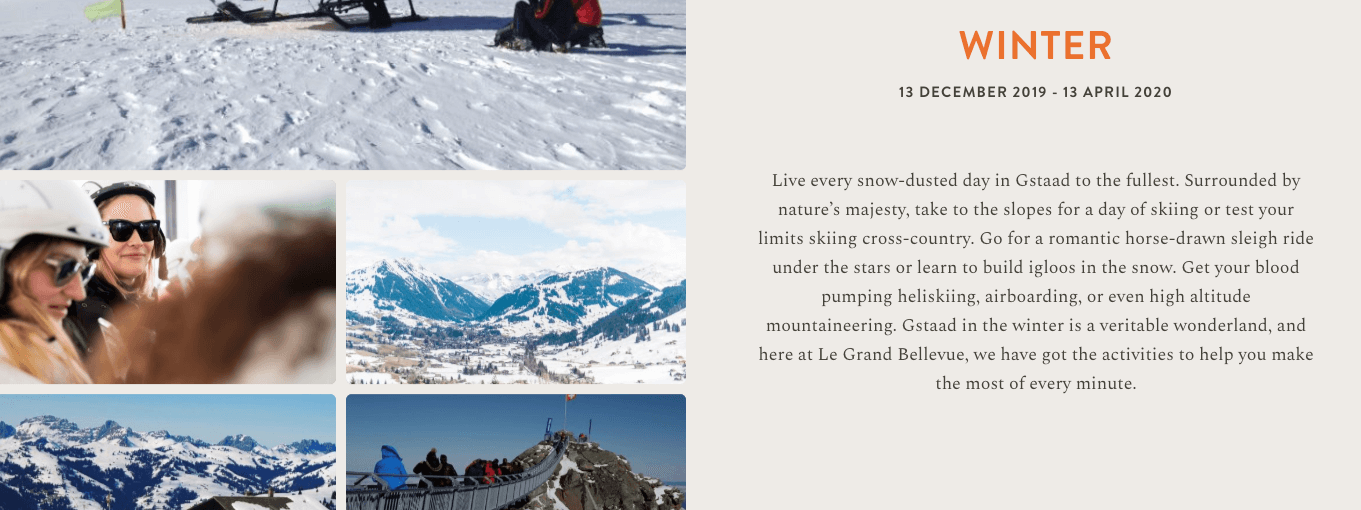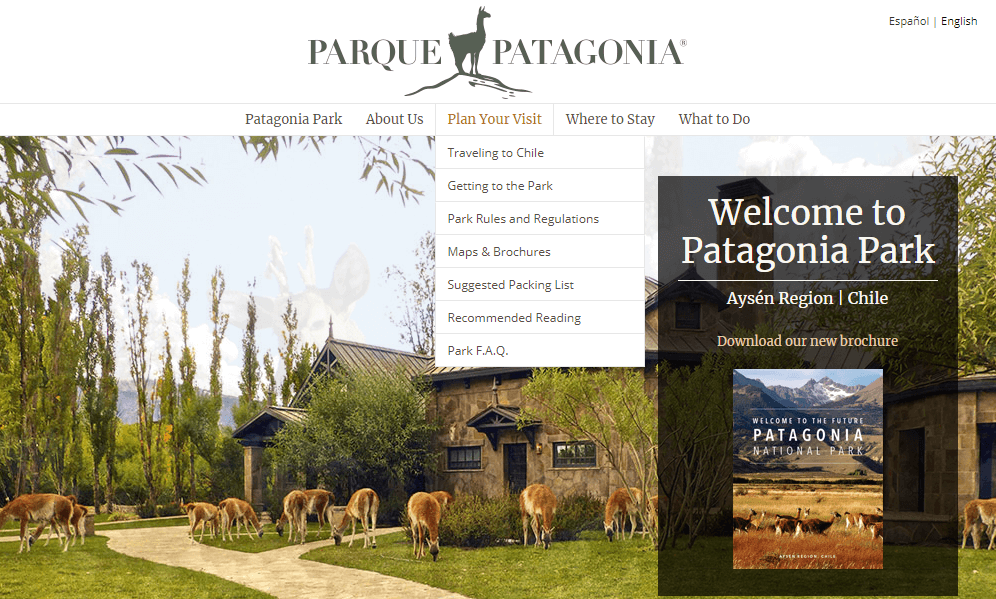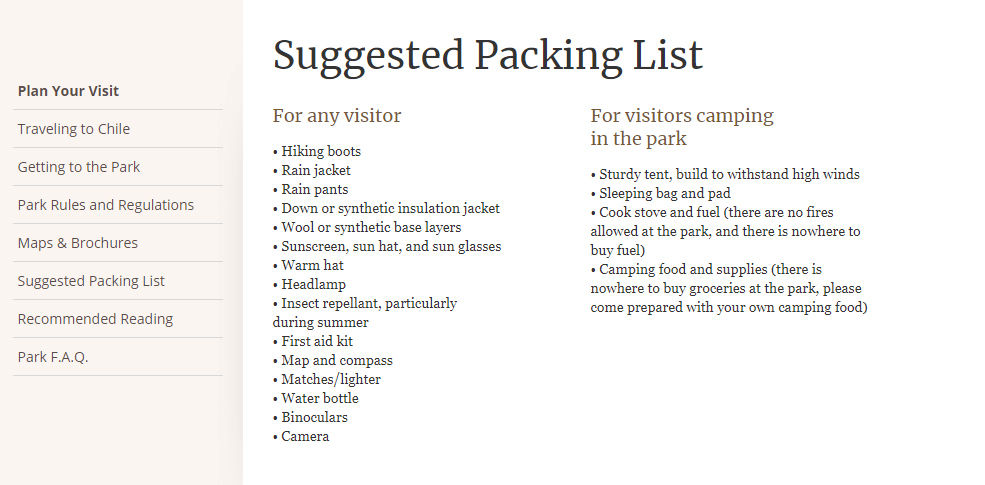An elderly couple celebrates their 40th wedding anniversary with a visit to the Rijksmuseum followed by a quiet stroll along the Amstel.
A young, freelance writer works on her latest article from a remote villa in Portugal.
A pair of newly-weds takes a dip in a secluded cove of Menorca while making dinner plans for later that evening.
A group of friends step foot in Zambia. It’s their first time in Africa. They’ll spend their first week volunteering on a local farm before exploring the rest of the country.
Two childhood friends meet for the first time in years in a quaint little town in the Swiss Alps. For four days, they’ll eat delectable food, soak in nature, and enjoy the tranquillity and peace.
Five very different experiences with one thing in common.
Each one of them reminds us of someone we know — the kind of traveller we can profile under an archetype: the foodie, the environmentally conscious, the cosmopolitan, and the adventurer.
Over the past few years, tourists’ travel motivations, along with their behaviours and expectations, have transformed.
In the midst of fierce competition — with hundreds of big brand names and even more independent and boutique hotels — the hospitality industry has had to navigate through this wave of changes, adapting to the ever-evolving preferences of travellers.
In this context, content marketing has become a powerful tool to help brands build their personality and customised shopping experiences to adapt to new and emerging trends: sustainability, in-destination activities, cosmopolitan lifestyles (fashion, art, culture, shopping), gastronomic experiences, health and well-being, etc.
Content is one of the best complements hotels have had to help align their values with those of their audiences. In this article, we present to you ten exemplary content efforts by ten very different accommodation establishments.
Content marketing has become a powerful tool to help brands build their personality and customised shopping experiences to adapt to new and emerging trends.Click To TweetHotel Pulitzer Amsterdam
We start with the digital magazine of the Pulitzer Hotel in Amsterdam, a good example of the magazine format’s flexibility that adapts to the different stages of the buyer’s journey.
Among the articles tackling the top of the funnel audiences, lists of traditional Dutch food travellers cannot miss out on or activities in the Dutch capital depending on the time of the year are included.
These inspiring and informative articles about gastronomy, leisure, and culture in the city fit perfectly with other types of content that are aimed at helping their future guests familiarise themselves with the hotel’s surroundings.
What’s more, it gets them to visualise themselves in the experiences and moments described. Take a look at the introduction of their article on their winter garden.
Key takeaway: Instead of focusing on facts (which, in this case, is the opening of the winter garden), focus your content on the emotions and experiences you want your readers to have.
Tongabezi
The Tongabezi hotel’s Going Green is evidence of the hotel’s efforts to align its brand values with those of its main buyer persona: travellers committed to sustainability.
They do so by, first of all, by clearly explaining its ‘why’: to balance culture and environment and limit the impact on the local flora and fauna as much as possible.
But for their target audience, who is likely to be more environmentally friendly than most others, a simple statement of intent is not enough.
They need to know the exact measures that are being taken and if they meet their sustainability expectations. This group of audiences is on the lookout for specific data, tests, and explanations.
Hotel Tongabezi sure knows this; their value proposition is proudly placed right in the middle of their homepage.
Key takeaway: New consumers prefer brands that respect local culture and whose principles they share. That’s why it’s important to highlight your values and show your personality. Not only are they interested in what you do, but they’re also increasingly keen on understanding why you do it.
Design Hotels
Design Hotels™ is a collection of independent hotels brought together under a single brand name. They define themselves as having “a passion for genuine, culturally rooted hospitality and cutting-edge design and architecture.
But they’re much more than that. These are real experts in the development of a lifestyle brand. Their ‘original experiences’ section shows it all.
From horseback rides along the Santorini coast and exploring the mystical hideouts in Cambodia or the Alps to gatherings in Stockholm, these pages serve as amazing inspirations for those seeking truly unique experiences.
The combination of video, stories, and images transports their audiences to their next destination by bringing to life and describing the scents and sights they’ll be taking in, the people they’ll get to know, and the emotions they’ll experience.
Aimed at lovers of technology, art, and well-being, ‘a musical immersion in Brazil’ is a great example.
Key takeaway: Use different formats to create content that immerses your audience in a unique experience. As a finishing touch, include text bursting with details and flavours and stories to activate their sensory and emotional responses.
Blackberry Farm
Blackberry Farm is an intimate luxury hotel in the middle of the Great Smoky Mountains that has successfully used content marketing to capitalise on its secluded, remote, yet beautiful location.
They sell themselves as a refuge for those yearning to escape the frantic pace of everyday life. And that’s exactly what their brand and content strategy is based on.
The keyword in the highlighted text is ‘the Blackberry State of Mind’. It’s the central theme that permeates its content and a recurring concept that the brand associates itself with.
Their videos, podcasts, Spotify lists and articles on healthy recipes, drinks, and meditation offer a promise of wellness and emotional stability — or in their own words, the ‘Blackberry State of Mind’.
The Blackberry Farm was able to enhance its content with another rising trend in the travel lifestyle segment: the value of craft.
In fact, their artisans section is dedicated entirely to both the handmade products it makes and the people who create them.
The result? Content that connects even with the most demanding audiences.
Not only does it affirm the hotel’s values, but it also demonstrates how seriously they take their natural and artisanal products. Plus, it places value in people with brand storytelling, which humanises the brand and encourages readers to identify with them.
They introduce us to Dustin, the young butcher. And we all know John, the expert gardener. Chris? Yeah, he’s a total cheese master and connoisseur.
Key takeaway: The brand personality consists of many different elements, of which one of the most important is the people behind it. Showcase your team, the neighbours, the local community and tell their stories so your audience can feel closer to your brand.
Bellevue Gstaad
Julie Andrews once referred to Gstaad as ‘the last paradise in a crazy world’. And that’s exactly what the content of Bellevue Gstaad, located in a tiny town in the Swiss Alps, reveals.
Their homepage is a wonderful collection of images, texts, and quotes that tantalises us to indulge in gastronomic pleasures, relax in Finnish saunas, laugh, rest, sleep, and dream.
In addition to the importance of having inspiring content in lifestyle marketing, Bellevue Gstaad teaches us another important lesson in content marketing for hotels — segmenting experiences.
In their explore section, we see content that’s specifically designed for the different types of experiences their customers seek, depending on whether they’re visiting in the winter, summer, if they’re there with kids, as newly weds, etc.
Such information caters to the different needs of different guests by describing to them what they can experience upon arrival, feeding them with the information they need before making a reservation, etc.
Key takeaway: Adapt your website’s content to the different types of customers you’re looking to attract and according to the type of trip, hobbies, season, etc. Make sure to cover all the key points they need to know before booking. For example, a couple planning a family trip will want to know whether the hotel restaurant offers a kids’ menu or if the hotel provides children-friendly activities.
Patagonia Park
Is it possible to create a tourism content strategy with limited resources?
The important role of quality images, sleek designs, or videos in content marketing for hotels, especially for hotels focused on lifestyle, cannot be denied.
But these usually come at a pretty high cost. Nevertheless, that’s not to say that there are no alternatives.
Chile’s Patagonia Park is a prime example. They focus on the creation of simple and practical content for their future guests.
They offer basic and essential information tourists need to know and complement it with useful extras such as a travel packing list when visiting the park and recommended readings, such as Charles Darwin’s Voyage of the Beagle’.
Simple. But practical.
Key takeaway: Keep it simple. If you have few resources, it’s better to do something simple than nothing at all. No one understands the problems and motivations of their guests better than the hotel team itself. Research the simplest way to convey useful and practical information on your website and make sure it’s visible enough.
Oetker Collection
Eden Being is the blog of German hotel chain Oetker Collection. And its central role in the hotel’s brand is wonderfully explained in the hotel’s own words:
Eden Being is the heartbeat of Oetker Collection.
As we’ve seen in the previous examples of content for lifestyle travellers, the purpose of Eden Being is to inspire its readers to experience the pleasures of life.
But what we really like about their blog is its Runner’s High section, a small but useful corner for sports guests.
This guide-styled page offers its ‘runner’ audiences hiking maps and routes around the hotel’s vicinity. They are also classified by difficulty level and in some cases also have options for those who want to — literally — go the extra mile.
Key takeaway: A blog can be useful and practical. But it’s not the only solution. If you know that there’s a particular topic that’s especially important for your audience such as an activity, a route, an attraction, etc. — basically the main reason they’re visiting — take the opportunity to create a well-designed, written, and optimised page and give it top priority and visibility on your website, such as Oetker has done with Runner’s High.
Areias do Seixo
We are going to tell you the story of a garden. Not just any garden, but a magical vegetable garden where tastes and colours are embraced by the sea in the Areias do Seixo hotel in Portugal.
With these words, the Areias do Seixo hotel starts its video by explaining its permaculture-inspired method: an agricultural and social design based on patterns of the natural ecosystem and a sustainability trend that’s currently at its peak.
They couldn’t be closer to the truth.
Though it was recognised then that sustainability would become an increasingly decisive factor for hotels, not many adopted it as a focus.
Today, it’s common to see hotels whose branding is constructed around strong environmental awareness. But Areais do Seixo takes it one step further.
Their environmental commitment isn’t only reflected in their educational and inspiring videos, but also in other pieces of content such as guides on plants and animal species found in the area.
They also place a high priority on providing visibility to their sustainability report, in which they detail their economic and environmental achievements. That gives an extra touch of transparency and demonstrates coherence between what they say they do and what they actually do.
Key takeaway: Find a way to demonstrate your values by providing data and evidence. Convert your purpose into a statement of principles. Add a pinch of storytelling and you’ll have found yourself a winning combination. Better yet if you present it in a visually attractive format.
The Gleneagle
The Gleneagles hotel’s blog is an ode to luxury, the Scottish culture, and their guests’ hobbies: golf, shooting, fishing, falconry, archery, cycling, and horseback riding.
Their articles are filled with expert opinions and advice surrounding the different sports, which provide a great segway to other pages aimed at selling these activities.
We like it because it’s a good example of how to create a natural flow of content for the different stages of the buying process.
With posts about high-level fishing such as ‘reeling in the excitement’ targeting TOFU (top of the funnel) to landing pages like this one below dedicated to fishing aimed at BOFU (bottom of the funnel), their content is designed to create a seamless transition from one stage to the next.
Key takeaway: Create informative, educational, and inspiring content about the interests of your audience to generate qualified organic traffic. Make sure to link them to landing pages where possible to facilitate the flow for those who want to take it to the next step.
Mandarin Oriental
We end this list of content marketing examples for hotels with another digital magazine: The MO Magazine by the Mandarin Oriental hotel chain.
Their articles revolve around design, culture, gastronomy, and well-being — the most important themes of a lifestyle blog.
What differentiates this blog from others is the quality of its content, which are written by experts and journalists by the Washington Post or The Telegraph.
Their guide on the best restaurants in Hong Kong, for example, is written by the executive chef of its two-Michelin-star restaurant.
Their city guides on Tokyo, Shanghai, or London with information on activities, restaurants, attractions, local shops, etc. may not look like anything extraordinary. But the difference lies in the details.
These are articles written by native-speaking journalists who actually live in the cities they write about and their quality and ease of reading are what make their content stand out above the average.
Final key takeaway: If your budget allows, hire journalists, content marketers or content marketing agencies that have the ability to create quality editorial pieces.
If your content is handled in-house, get your internal experts (chefs, customer service staff, etc.) involved in your content strategy to add an insider’s voice and show your brand’s personality.
If you have an external content marketing team, a good content writer will know how to take advantage of your brand’s expertise and internal knowledge to help you create content that stands out for its practicality and personality.
Want to learn more?
- SEO content writing: The importance of angle in 10x content
- Content marketing for logistics: 5 companies that do it right
Lin’s an ex-journalist who’s found her new love in content marketing. In her spare time, she’s on a secret conquest to find a solution to never having to cut her nails again.


